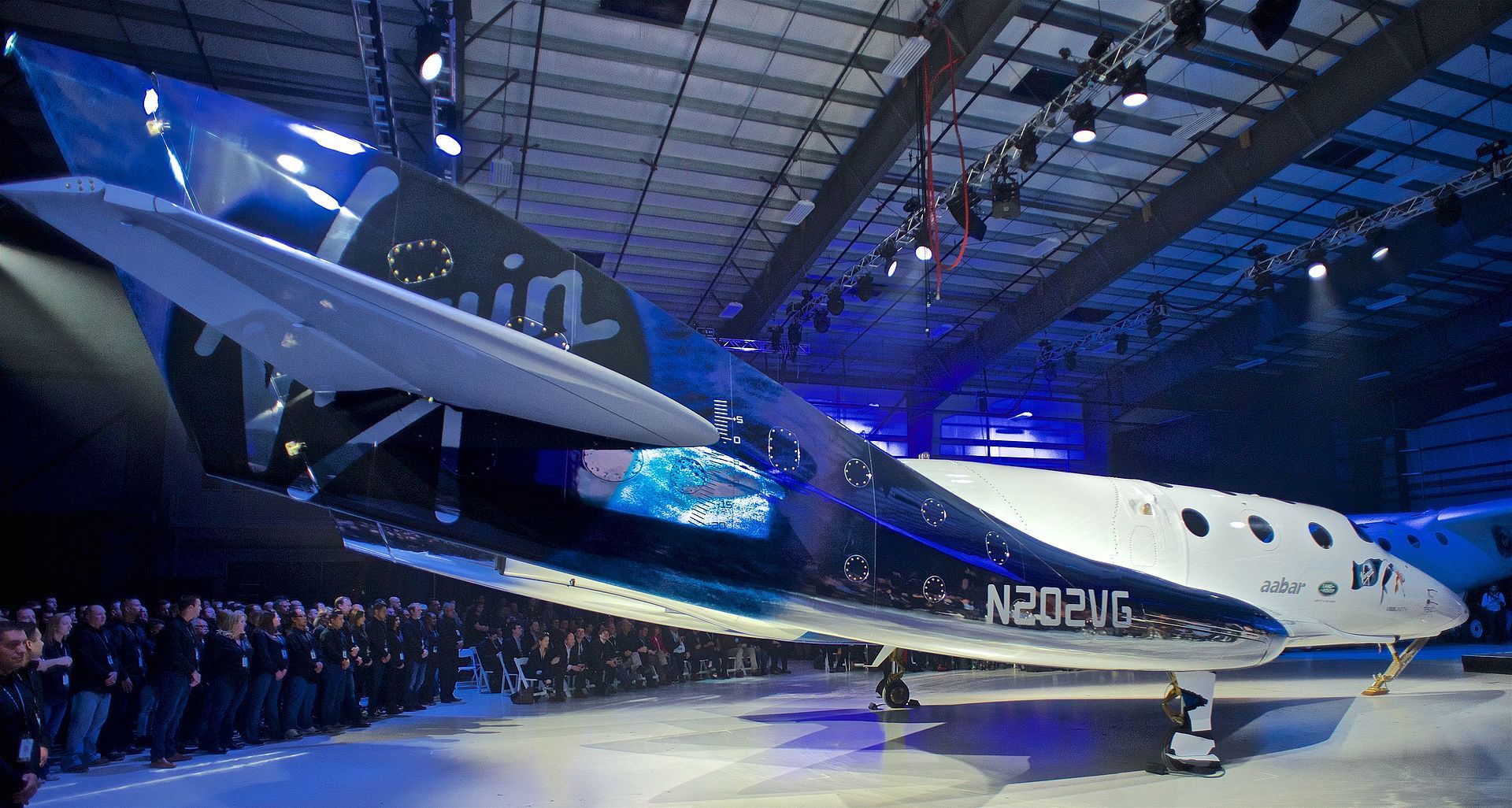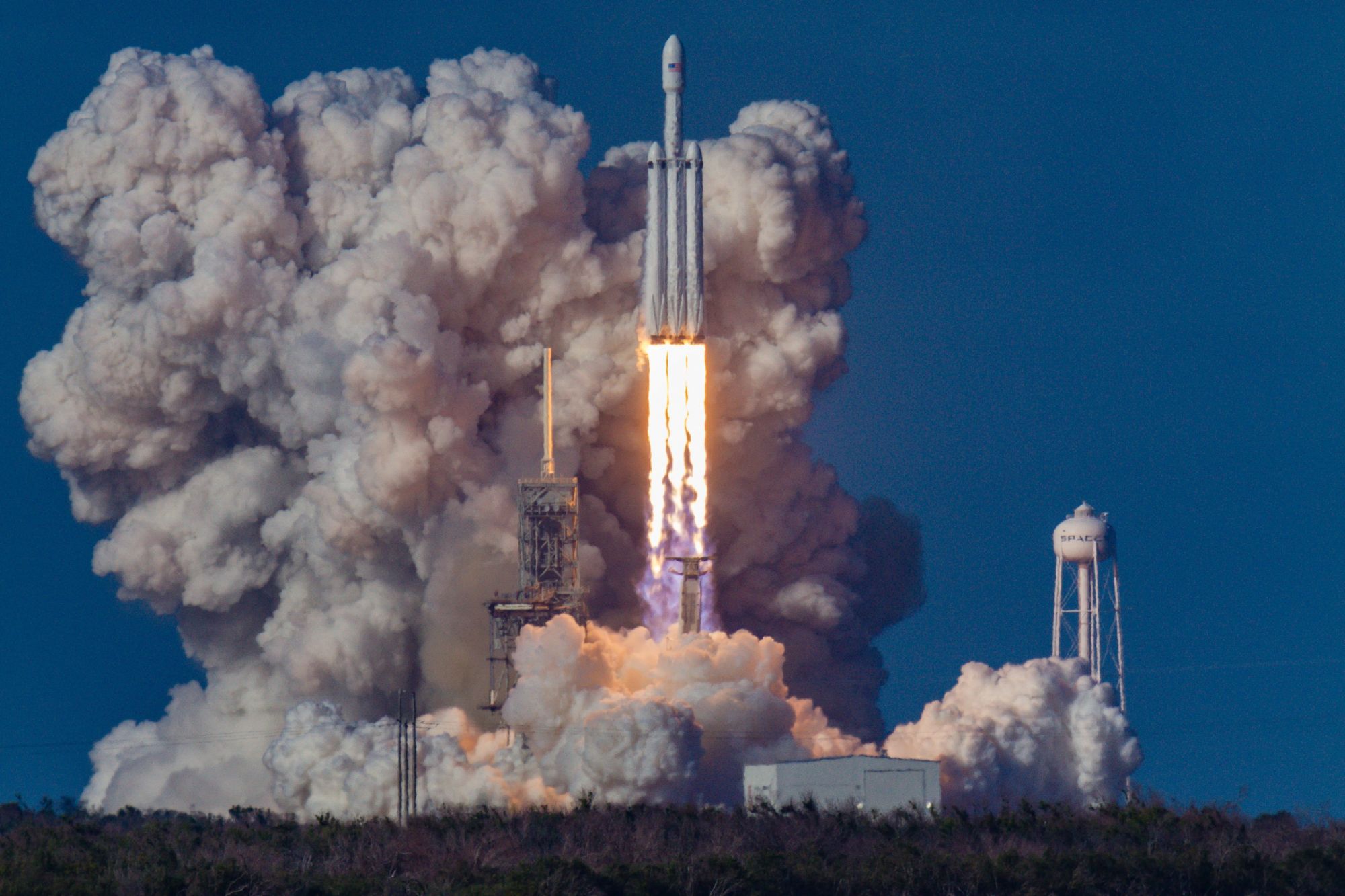On your next travel itinerary, shoot for the stars and visit space!
Wonder about the cosmos no more when companies finally begin selling seats to the spectacle that they call space tourism. This recreational travel experience will bring non-crew civilians beyond the verge of the earth.
See also: International Day Of Human Space Flight: 5 Unforgettable Highlights
Reputable astronauts and scientists have had their turn exploring space. Now, companies funded by centibillionaires are giving people outside the industry the chance to reach intergalactic space. But before you take on the adventure of a lifetime, read on to know more about space travel and its pros and cons.




